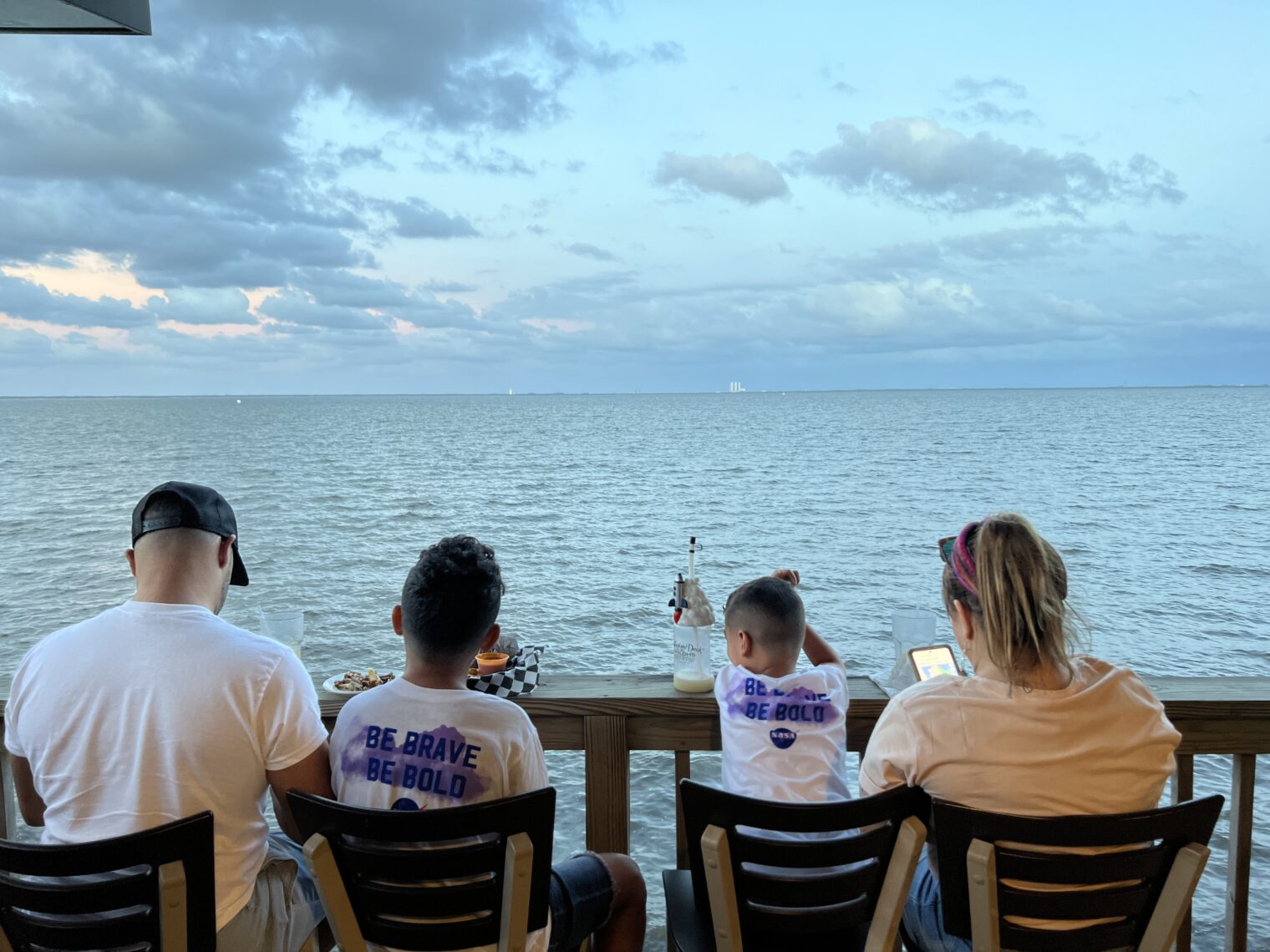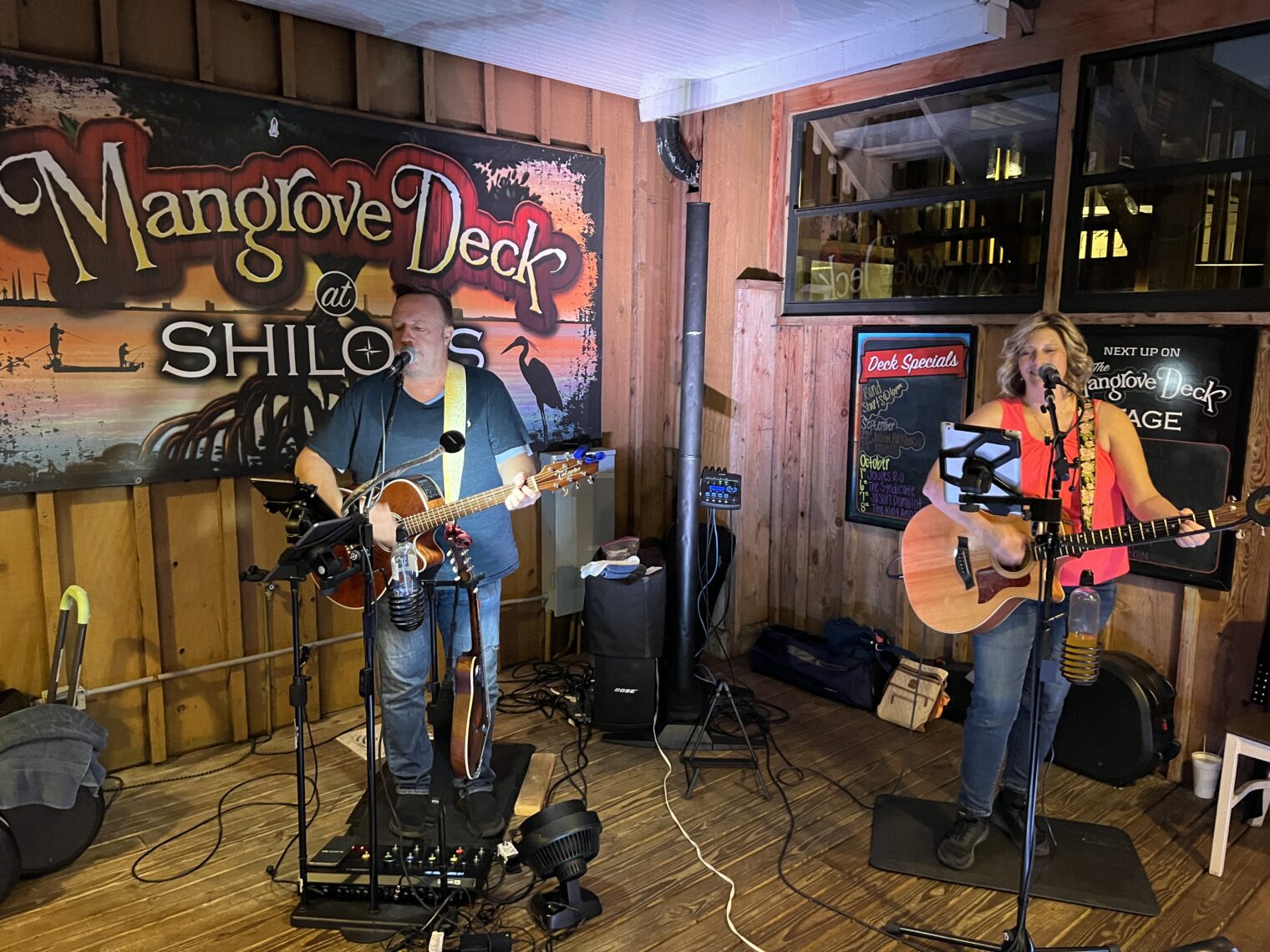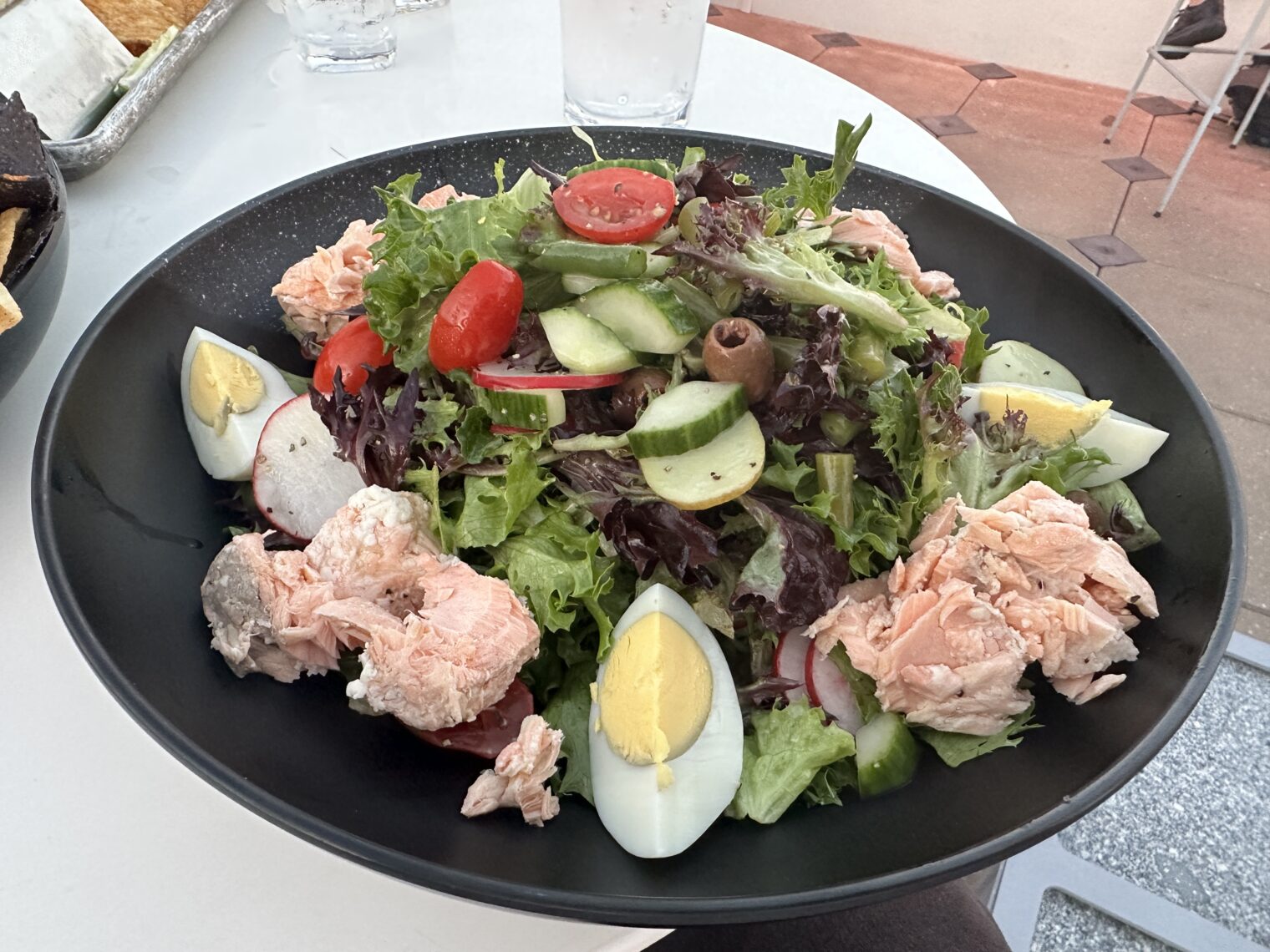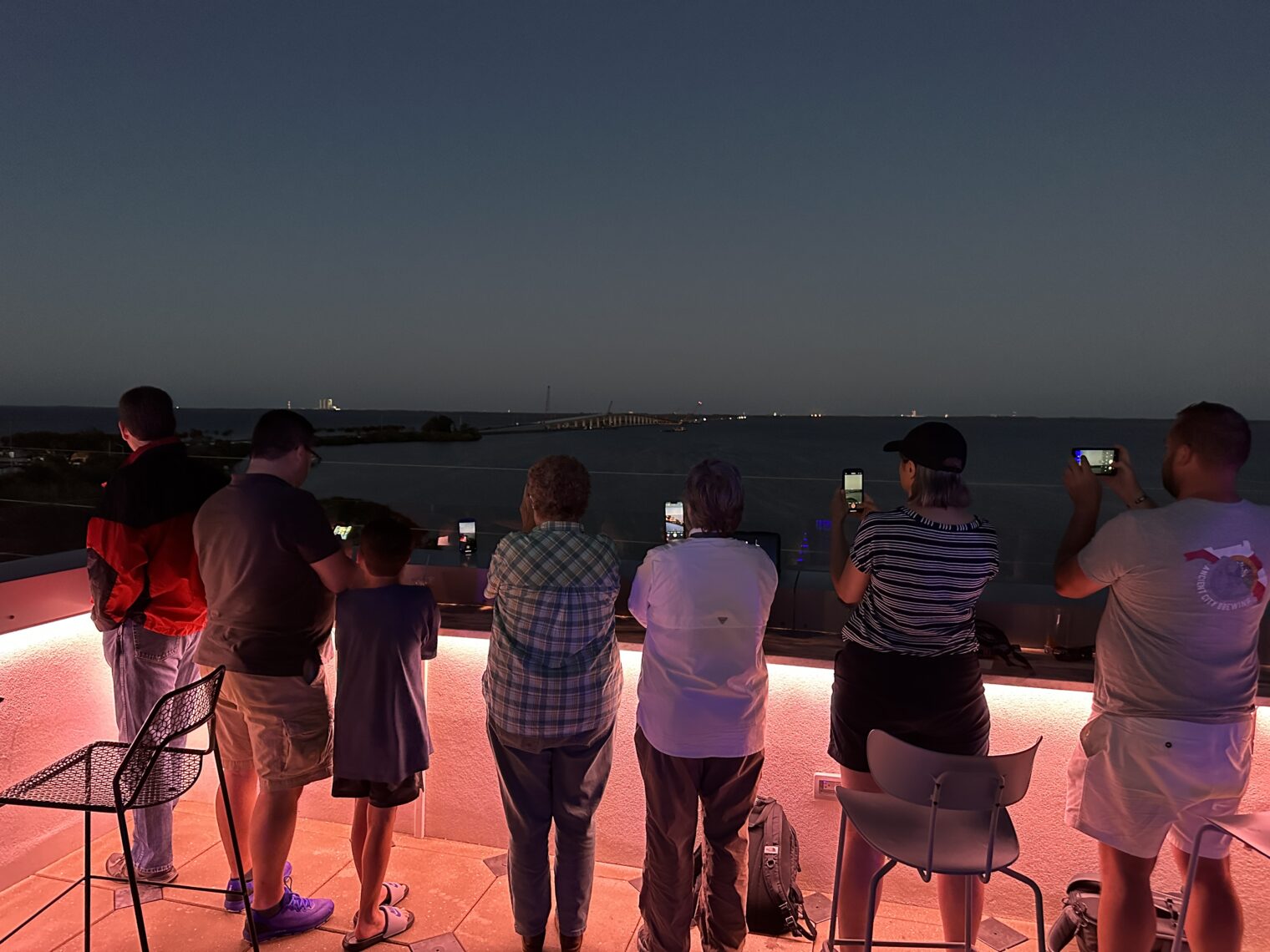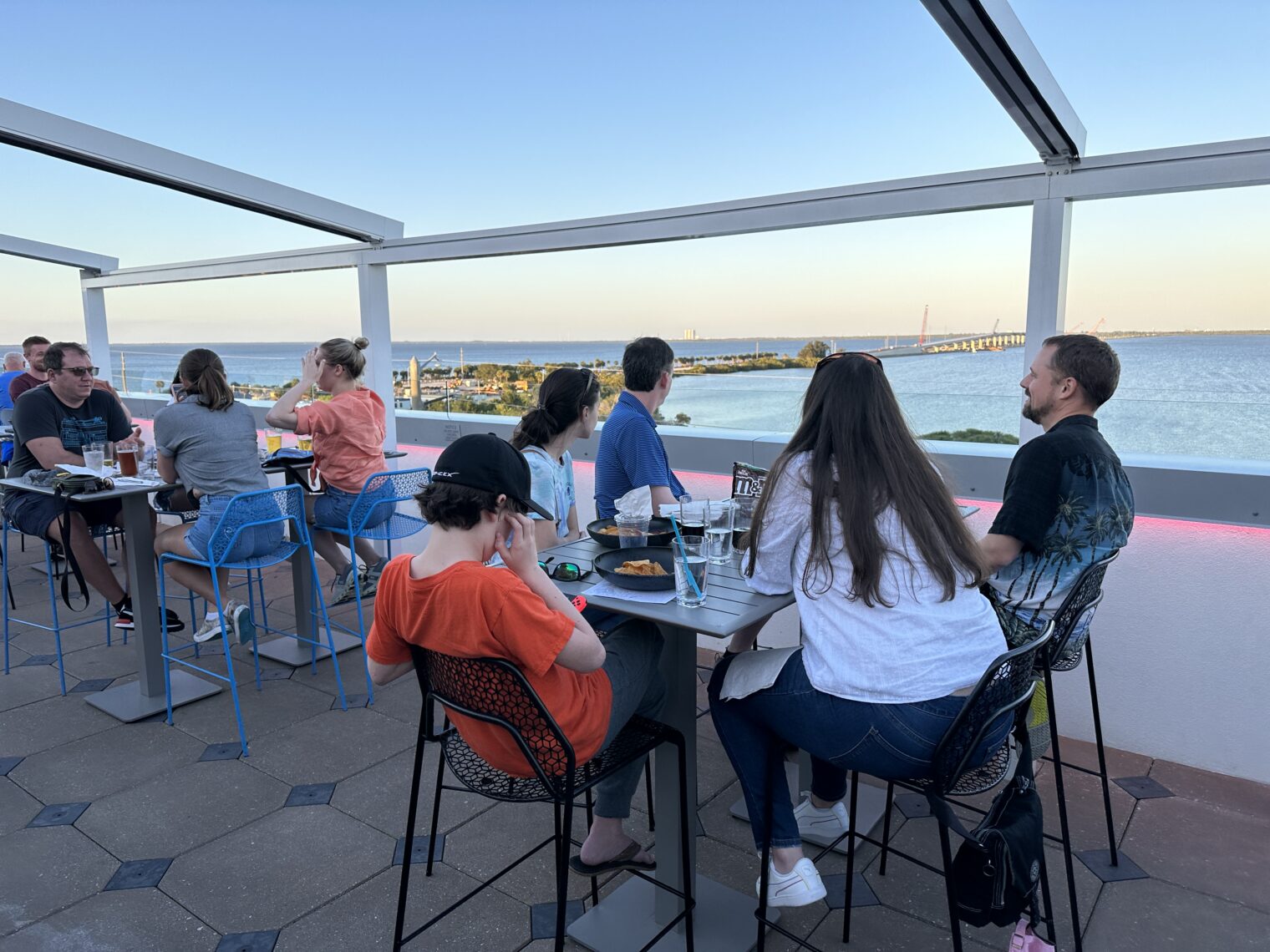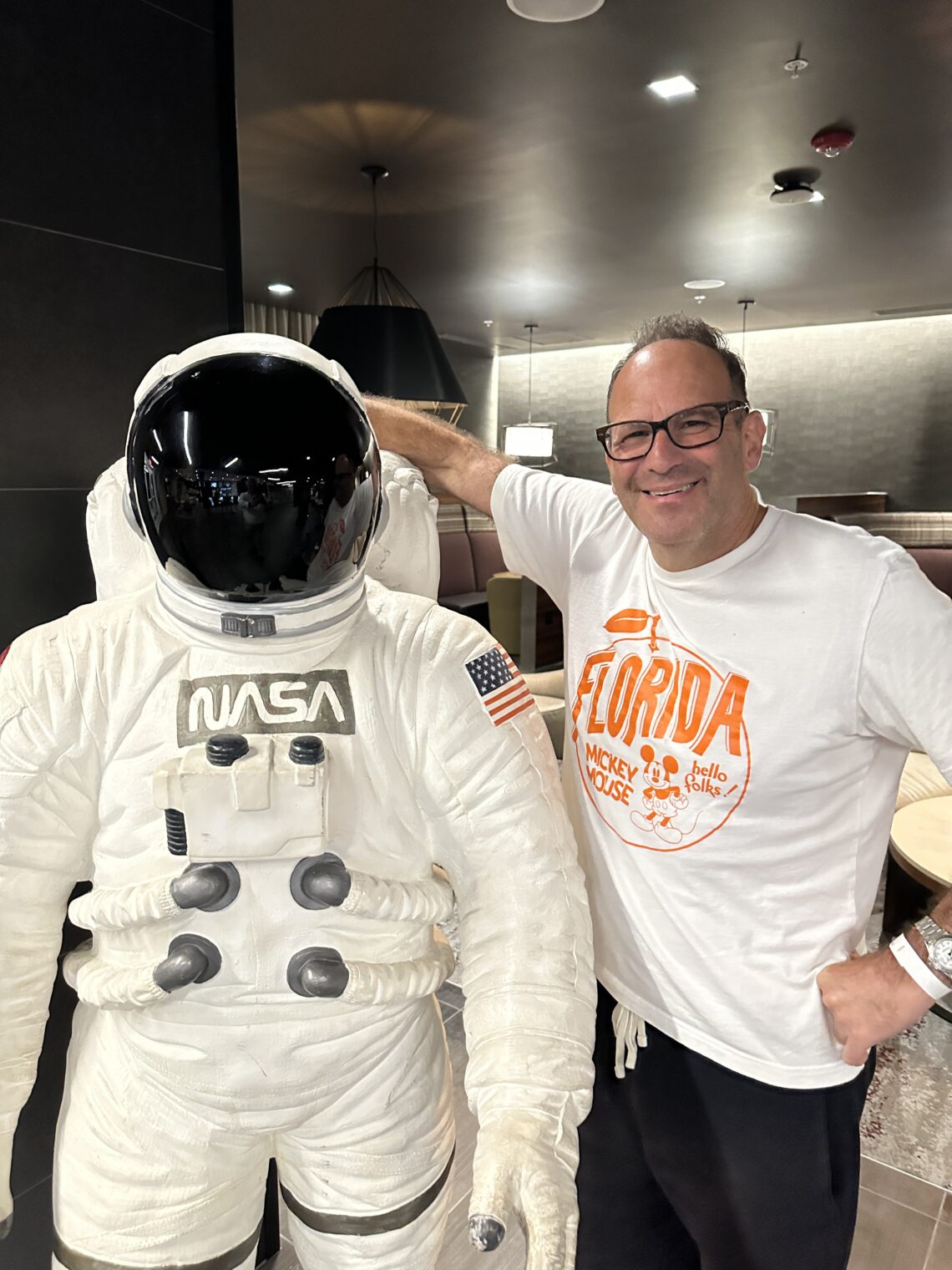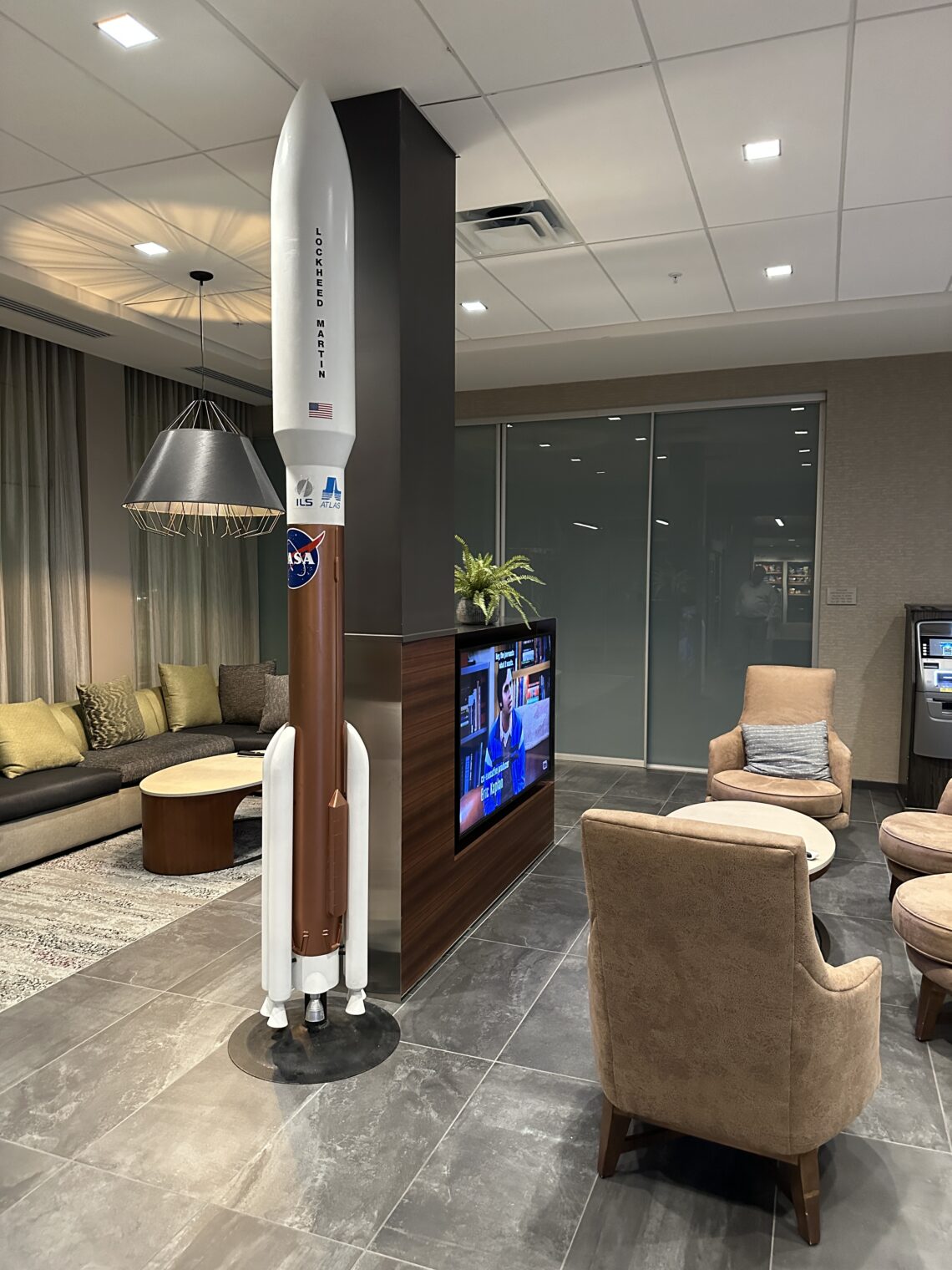Now that the GPU shortage is mostly over, friends have been putting together new desktop PCs. They’re not persuaded, apparently, by GPU performance improvements since 2015 (and why not just use motherboard graphics?). Similar to the great Gillette v. Dorco shaving-for-justice inquiry, one question that has arisen is whether a person passionate about social justice should prefer Intel or AMD.
(Apple is, of course, the historical nerd leader in social justice, marketing 2SLGBTQQIA+-themed products in every country where the Rainbow Flag religion is already celebrated (but somehow not in countries where 2SLGBTQQIA+ sexual acts are illegal). Example from 2022:
But suppose that we are Luddites who prefer Windows 11, want to put our filthy SARS-CoV-2-tainted paws on a touch screen, etc. We can’t buy from Apple.)
Intel was celebrating Pride Month 2022:
(Comment from a hater: “But wasn’t pride about non binary?”)
AMD said in 2022 that they want Pride Month to last all year:
The Corporate Equality Index, “the national benchmarking tool on corporate policies, practices and benefits pertinent to lesbian, gay, bisexual, transgender and queer employees,” rated AMD a full 100 in 2022. Intel, however, also rates a full 100 and goes one step beyond by being a “National Corporate Partner, Platinum”.
AMD’s Diversity, Belonging & Inclusion page says that they discriminate against 73 of the 74 gender IDs recognized by Science. The company wants to advance only those people who identify as “women”:
The company sorts employees by skin color:
How about Intel’s comparable page? They too sort employees by race:
(Note the hateful implication that there are only two gender IDs in the United States.)
Intel also is interested in one out of the 74 gender IDs that Science recognizes:
The company has an “Intel® She Will Connect” web page in which they disclose their passion for discriminating against 73 gender IDs:
Intel adopted the Black Lives Matter religion in 2020 (source):
“Black lives matter. Period,” CEO Bob Swan wrote in a memo to employees Monday, embracing the rallying cry of contemporary civil rights activists. … In his memo, Swan pledged $1 million “in support of efforts to address social injustice and anti-racism across various nonprofits and community organizations.”
Why is it legal to give away shareholder money in this fashion? Mx. Swan earned $67 million in 2019. Why couldn’t he/she/ze/they give his/her/zir/their own $1 million to the Black Lives Matter movement that he/she/ze/they says that he/she/ze/they supports. (Intel’s donations later expanded to about $7 million.)
AMD supposedly promised to give away shareholder money to Black Lives Matter, but it is unclear how much (source).
Readers: What do you think? For folks who are passionate about advancing social justice, which company is better, Intel or AMD?
Also, why do motherboards still generally support only 128 GB of RAM? The MSI X99S SLI Plus motherboard that I got for $180 in 2015 supported 128 GB. Moore’s Law suggests that the correct maximum RAM for a $180 motherboard today is therefore 1 TB (3 doublings, one every two years). Are AMD and Intel so busy at their mostly peaceful BLM protests and Pride parades that they can’t get organized to support more RAM?
(Might there be a substantial market of consumers who want to buy computing hardware, but who don’t agree with the social justice causes that Intel and AMD advance? Drone technology leader DJI does not seem to invest any of the money that they receive in social justice. DJI has never tweeted about Pride Month. What if a Chinese company offered a BLM-, social justice-, and Pride-free personal computer that included an Arm CPU fabbed by TSMC (never tweeted about Pride Month or Black Lives Matter)? There would still be some money going to advance social justice through fees to Microsoft (Windows 11 will run on Arm), but that’s insignificant compared to when a consumer buys a $4,000-$10,000 Intel- or AMD-based PC from a U.S. company. Maybe it wouldn’t have commercial value because too many applications are distributed in X86 binary and would run slower via translation.)
Full post, including comments 








